Tungog Lake and the Kopel staff has had its ongoing battles with Salvinia molesta (see previous posts) since 2001. In a presentation given by Martin Vogel, the Kopel director, regarding the current issues, he stated that there needed to be more physiochemical analysis and identification of fish species within the lake. That sparked interest in the development #LakeTeam, focusing on conducting further analysis of the lake to provide information regarding the state of the lake. With the ongoing efforts at lake rehabilitation, Salvinia removal, and the planned release of Salvinia weevils, understanding the physiochemical water parameters, especially dissolved oxygen and temperature, can provide a better understanding of stratification of the lake and where some fish species likely would be found.
Eight transects were used to determine data collection points. Typically, skim nets were ran over the surface of the water to catch smaller fish while cast nets were thrown two times at each collection point and fish species were cataloged. A plankton net was made (out of a plastic colander, chicken mesh, ribbon, and mesh skirt) to collect plankton and analyze under a microscope. We collected data over two days (day and dusk/night) and during two different storm events!
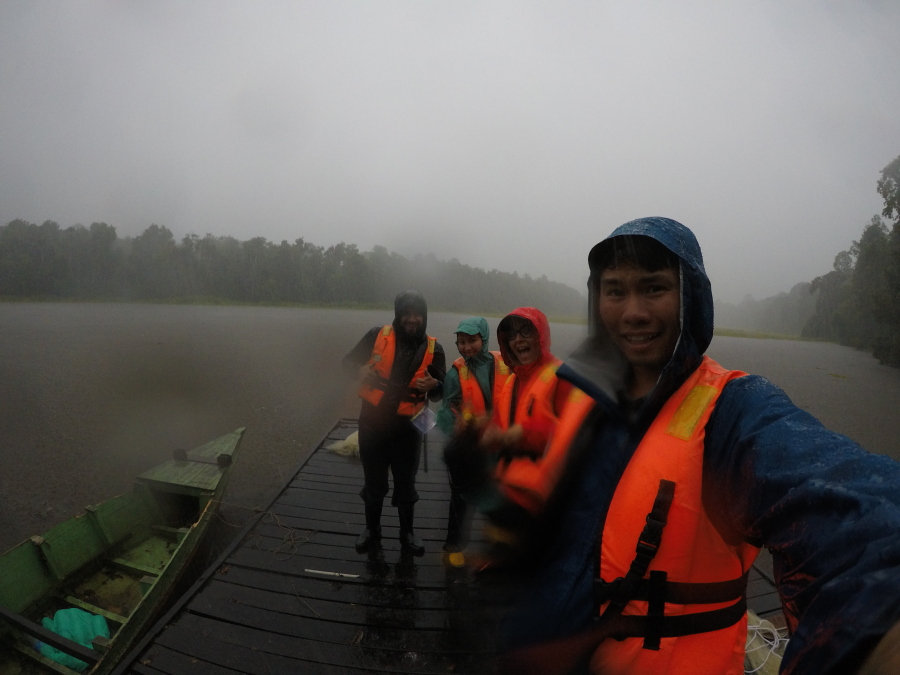
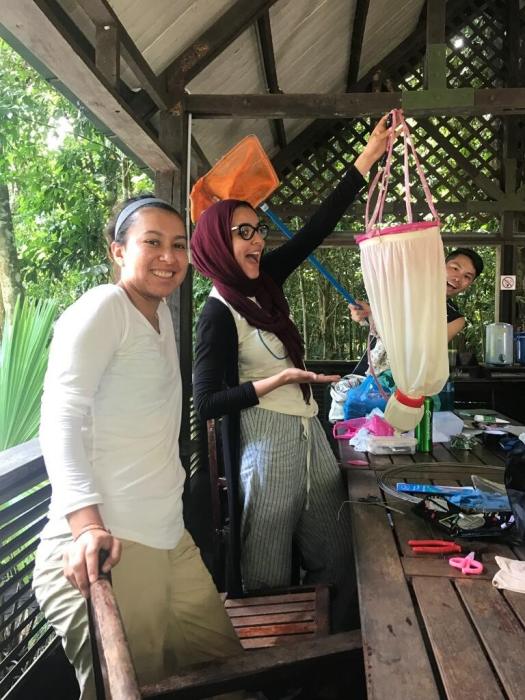
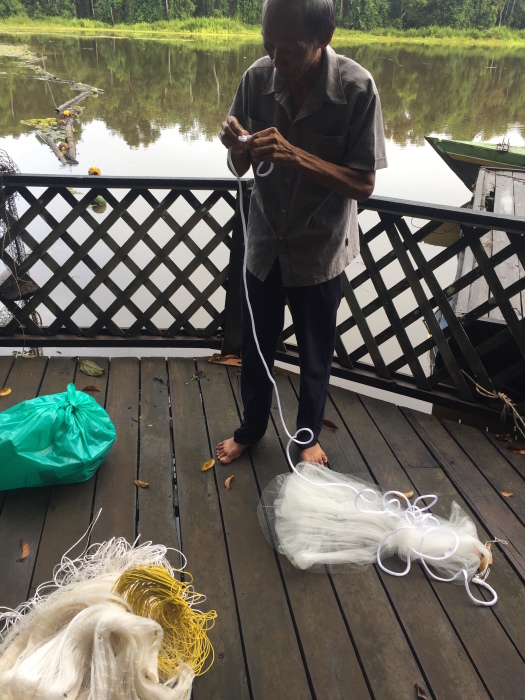
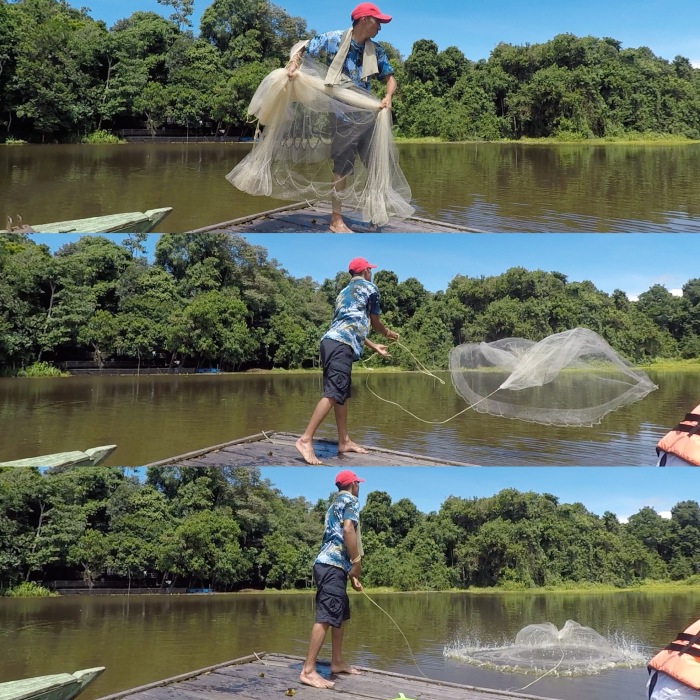
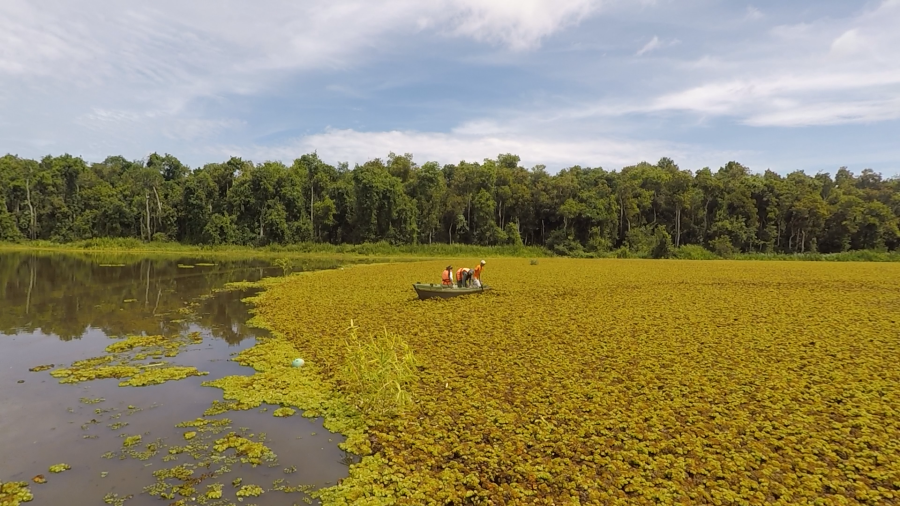
Some findings:
Rasbora sarawakensis are very abundant throughout the lake, with adults schooling throughout the lake surface with the fry finding shelter near the Salvinia . Floating plants, in this instance the invasive Salvinia, can provide shelter and refuge for various fish eggs, fry, and even small species from predatory fish. Vice versa, predatory fish can also find refuge in Salvinia and likely hunts in it; we found an older juvenile and fry swamp eel (Monopterus albus) during Salvinia removal. These are predatory, nocturnal eels that are normally found in the benthic layer of lakes but creates bubble nests on surface vegetation to breed (i.e. Salvinia).
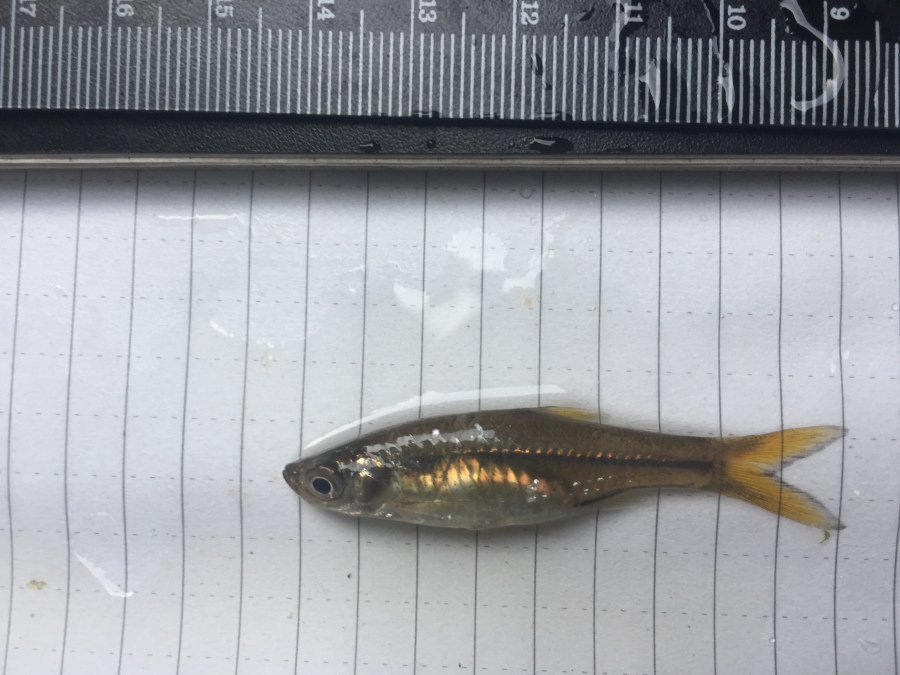
Using skim nets to skim under or adjacent to Salvinia would also catch two species of gourami in juvenile stages; the native Trichopodus trichopterus and introduced Trichopodus pectoralis. T. pectoralis is introduced as a fishery species for food in Borneo and is displacing T. trichopterus. They generally grow larger than T. trichopterus. They were found more sparsely as compared to the T. trichopterus. Both species are adapted to breath air, and similar to the swamp eel, creates bubble nests on surface plants to attach eggs to. Which juveniles were caught, no adults were spotted or caught throughout the lake.
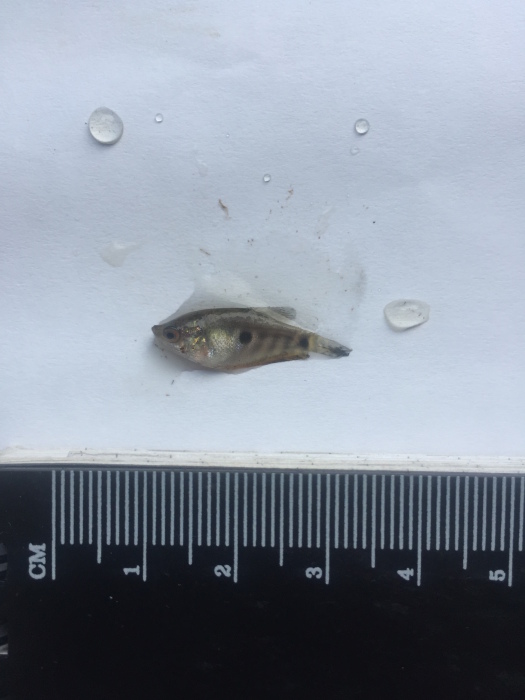
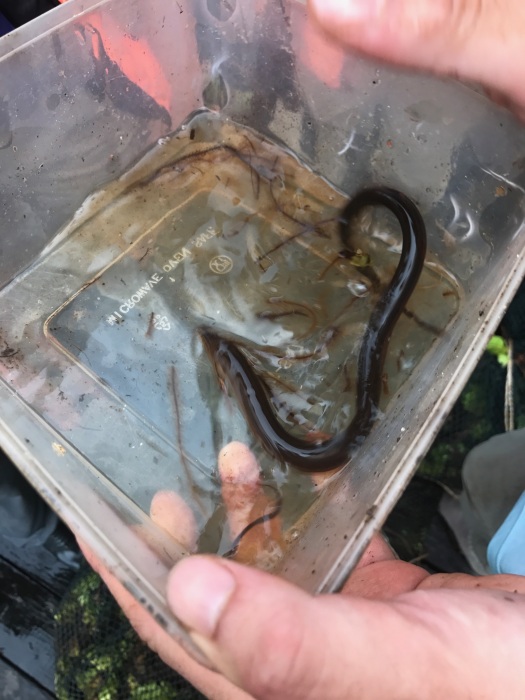
Other catches include:
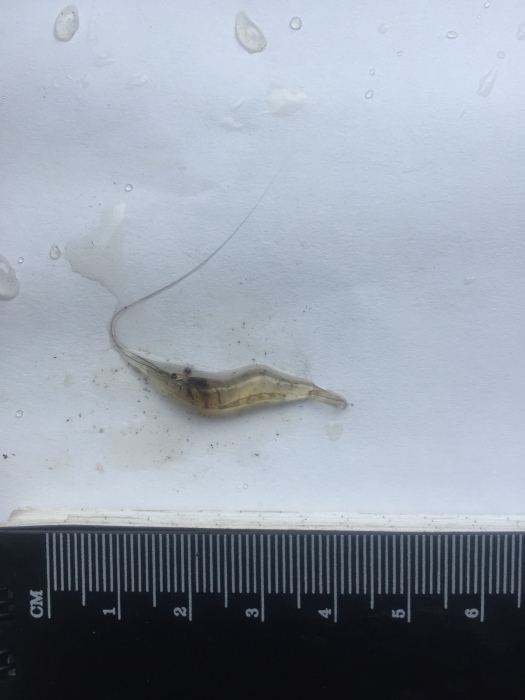
Two benthopelagic species of Leptobarbus were also caught; Leptobarbus sabanus and Leptobarbus melanotaenia. Generally these fish are found in river basins.
Selemat tinggal,
Allen Lau
